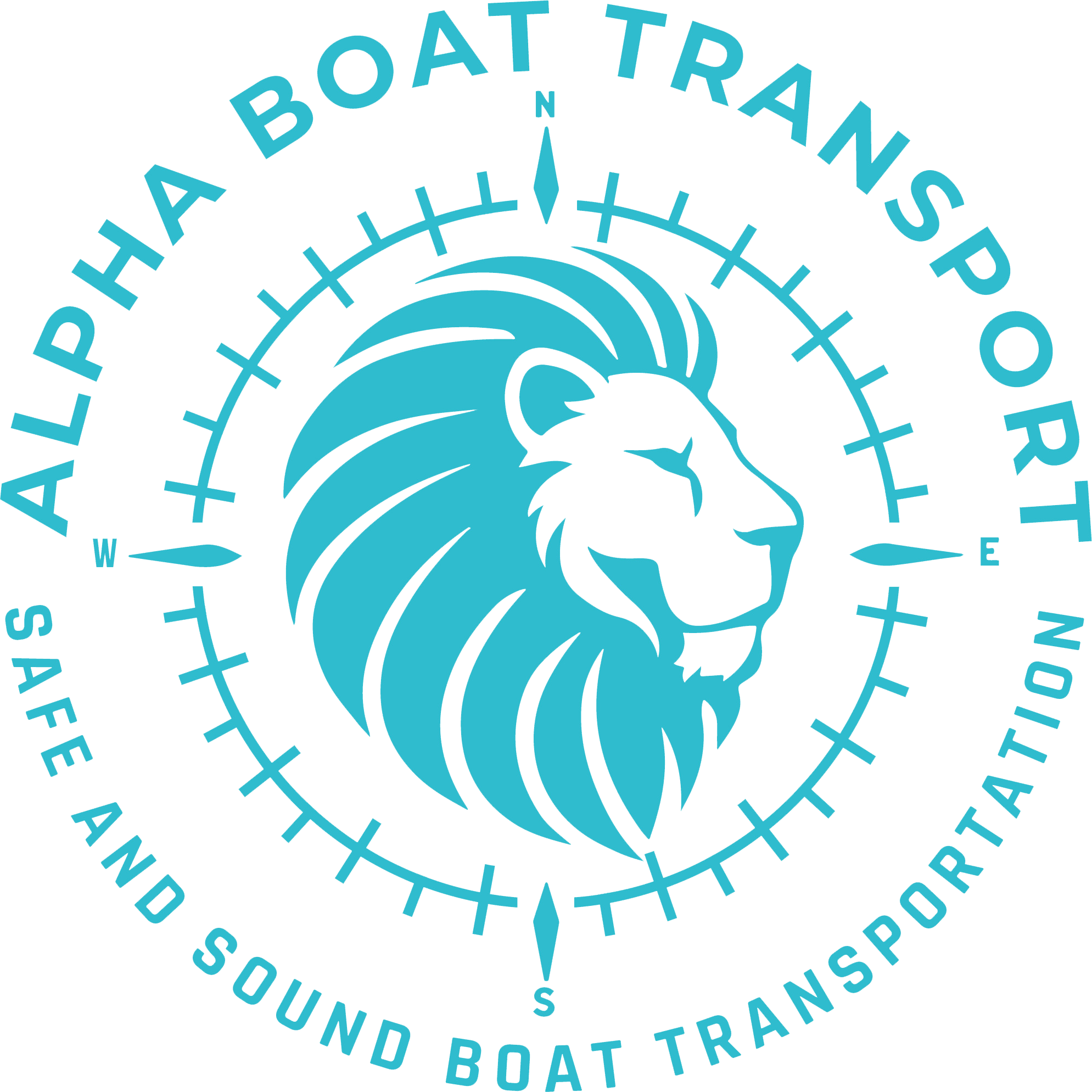Cracking the Code on North Carolina’s New Permit Rules
You think you’ve got your fall boating trip all mapped out—boat packed, trailer tires checked, and coffee in the cupholder. But just as you’re rolling out from Fort Lauderdale toward the Chesapeake, boom—surprise. North Carolina just flipped the permit playbook, and it’s catching way too many boaters off-guard.
Starting August 1, 2025, North Carolina’s DOT says “no more paper, no more fax, no more loopholes.” If your vessel’s beam is wider than the standard 8.5 feet, you’re now plugging everything into a digital portal and praying the system doesn’t go down. And if it’s over 10 feet wide? You’re also hiring pilot escorts just to make it down I-95. For many haulers, that’s a budget breaker… and for DIY boaters, it’s a full-stop headache.
According to insights from https://www.boatmoving.com/boat-transport-service.html, overland boat shipments have spiked 15% in the past year alone. Combine that with stricter enforcement on width restrictions and weekend travel bans, and North Carolina’s once-friendly boating corridor has turned into a high-alert zone.
Listen, if your center console or sport cruiser has that wide beam luxury we all love, this new law isn’t just red tape—it’s a reroute.
What These Changes Mean for Boat Trailering Service in 2025
Let’s break this down. When we talk boat trailering service, we’re talking every detail in the chain—permits, routes, escorts, insurance, and timing. And now, North Carolina’s digital switch raises the complexity for anyone trying to move a boat longer than a bass boat.
The new rules affect:
– Vessels between 8.5 and 10 feet: Now require digitized permits.
– Vessels over 10 feet: Need digitized permits AND pilot cars on interstate highways.
This all leads to longer processing times, added costs, and tighter transport windows—especially since NC doesn’t yet promise auto-approvals on digital forms.
Alpha Boat Transport’s logistics team said it best: “There’s a big difference between legal and practical. We have the tools and permits handled; most folks don’t realize how fast these delays compound when they go solo.”
And let me tell you something, even seasoned boat owners with trailer experience are hitting unforeseen snags. You can learn more in the Ultimate Guide to Yacht Transport, filled with recent updates on route planning and regulatory delays.
Why Width Matters More Than Ever on Interstate Routes
Here’s the thing: width used to be a quiet spec—kind of like windage on a flybridge. But these days, beam size is front and center. That 9.5-foot-wide cruiser you bought for extra stability? It now lives in permit purgatory.
Let me walk you through the implications:
– A 9.9-foot-wide boat could pass with minor permits last year.
– Now? You need digital paperwork, pilot vehicles, and controlled routing.
That adds bucks to every mile you haul.
Overland specialists from Alpha Boat Transport flagged the most problematic routes: I-85, I-95, and I-40 are now under intense scrutiny from DOT enforcement. They’ve had clients get delayed 3–4 days simply waiting for pilot car availability.
Need solutions? Smart boaters are engaging long-distance boat hauling pros who already have compliance baked into their routing software and permitting flow.
The State-by-State Headache: Why Moving Boats Ain’t What It Used to Be
Let me paint this for you. You’re moving your 28-footer with a 9.5-foot beam from New Jersey to Florida. That’s roughly 5–6 states, all with their own quirks. It’s like playing whack-a-mole with different sets of permit guidelines.
– **New York** will let you roll on weekends under 10’ wide.
– **Georgia**, forget weekends—even with pilot cars.
– **South Carolina**? Yeah, no multi-trip permits—you’re applying each time.
With North Carolina going full digital and strict on pilot escort deployment, it throws a wrench in what was previously one of the more forgiving routes in the Southeast.
An industry update on Boat Transport from New Jersey to Florida showcased how route optimization has saved clients up to 30% in transport delays. Those who go the professional route don’t just save time—they avoid costly towing citations.
How Alpha Boat Transport Is Navigating the Storm
Now, it’s easy to say, “Just hire someone.” But not every transport firm out there is built the same. One thing I respect about Alpha Boat Transport? They’ve been rerouting paths based on this North Carolina change since the first draft hit DOT’s inbox last year.
Their permitting process integrates directly into DOT’s new digital system, shaving processing times, and they’ve got certified pilot escorts on standby throughout the Carolinas.
According to client feedback compiled in their Top-rated Boat Transport Companies roundup, transparency and pre-routing consultations are what make or break the experience.
Bottom line is—if your boat has a 10-foot beam or you’re unsure how to navigate pilot car requirements, this isn’t the time for guesswork.
Boat Trailering Services and Weekend Warriors: The Hidden Weekend Ban Issues
Quick sidebar—did you know that multiple states restrict wide-load hauling during weekends and holidays? And that the updated NC rules effectively cut weekend passage for +10’ boats without special permit overrides?
I had one client try to push through Asheville late Friday… held until Monday morning. That’s two hotel nights, lost marina reservation, and a cranky family in tow.
Most DIYers don’t have access to the backend mapping tools that pros use to predict things like weigh station closures or public holiday enforcement. Alpha Boat Transport’s Texas operations reported a 40% avoidable delay rate—all tied back to weekend hauling missteps.
Here’s the fix: Integrate your transport into a weekday launch window and let a licensed hauler plot your route after cross-referencing each state’s calendar.
Smart Trailer Prep: Getting Ahead of the North Carolina Permit Crunch
With new digital permits and pilot escorts becoming mandatory for certain widths, now’s the time to double down on trailer prep. The smallest violation—obstructed brake lights, expired plate, or misaligned bunk spacing—can trigger inspection stops.
Want my advice? Read the Boat Transport Preparation Guide. I wrote part of that sucker years ago, and it holds today. Stuff like:
– Cross-measure overall beam and add mirror clearance
– Double-check tire specs for weight grade
– Use DOT-approved lighting kits (trust me, that cheap Amazon light bar will cost you in court)
One slip-up with a new NC inspector, and suddenly you’re re-routing near Fayetteville with a trailer that’s tagged for reinspection.
Frequently Asked Question
What is a boat trailering service and how has North Carolina’s rule change affected it?
Boat trailering service includes the planning, permitting, and execution of overland vessel transport. North Carolina’s new digital permit laws complicate this by adding pilot escort requirements for boats over 10 feet wide and shifting all applications online.
Do I need a permit to trailer a boat through North Carolina?
Yes. Boats wider than 8.5 feet require a permit. As of August 1, 2025, all permits must be filed through North Carolina’s digital portal, and boats over 10 feet also require pilot escorts.
Can I move a wide boat on the weekend?
Generally, no. Most states, including North Carolina, restrict wide-load transport during weekends and holidays. It’s best to plan weekday routes and consult a boat trailering service provider for guidance.
What happens if I don’t comply with new NC hauling rules?
Non-compliance can lead to heavy fines, impounded equipment, or forced detours by DOT enforcers. For wide-beam boats, failing to hire a required pilot escort can stall transport for days.
What’s included in a professional boat trailering service like Alpha Boat Transport?
Alpha Boat Transport includes permit filing, route planning, trailer prep inspections, pilot escort integration, timing analysis, and weather-based rerouting in their boat trailering service—a full white glove transport.
How do beam width, height, and weight affect trailering laws in other states?
Each state controls their width and height limits separately. Most allow up to 8.5 feet without a permit, while 10–12 footers need escorts or time restrictions. Planning state-by-state with a pro prevents legal surprises.
Can I haul my pontoon or catamaran myself under new rules?
Only if it’s under the unrestricted beam width limit and road-safe. Wide pontoon boats often exceed 8.5-feet, falling into restricted categories. Check state rules or get help from a licensed hauler via a pontoon transport checklist.

